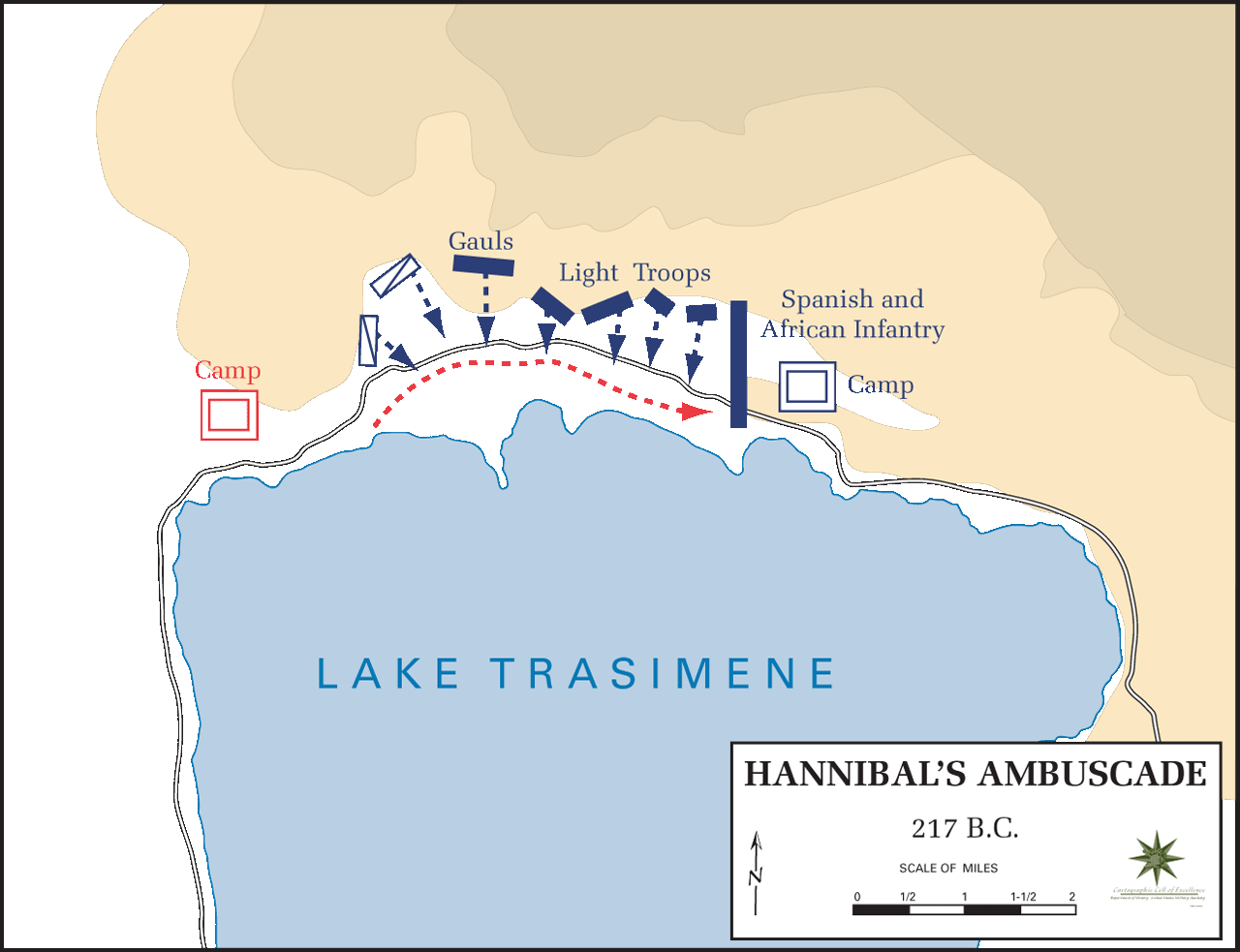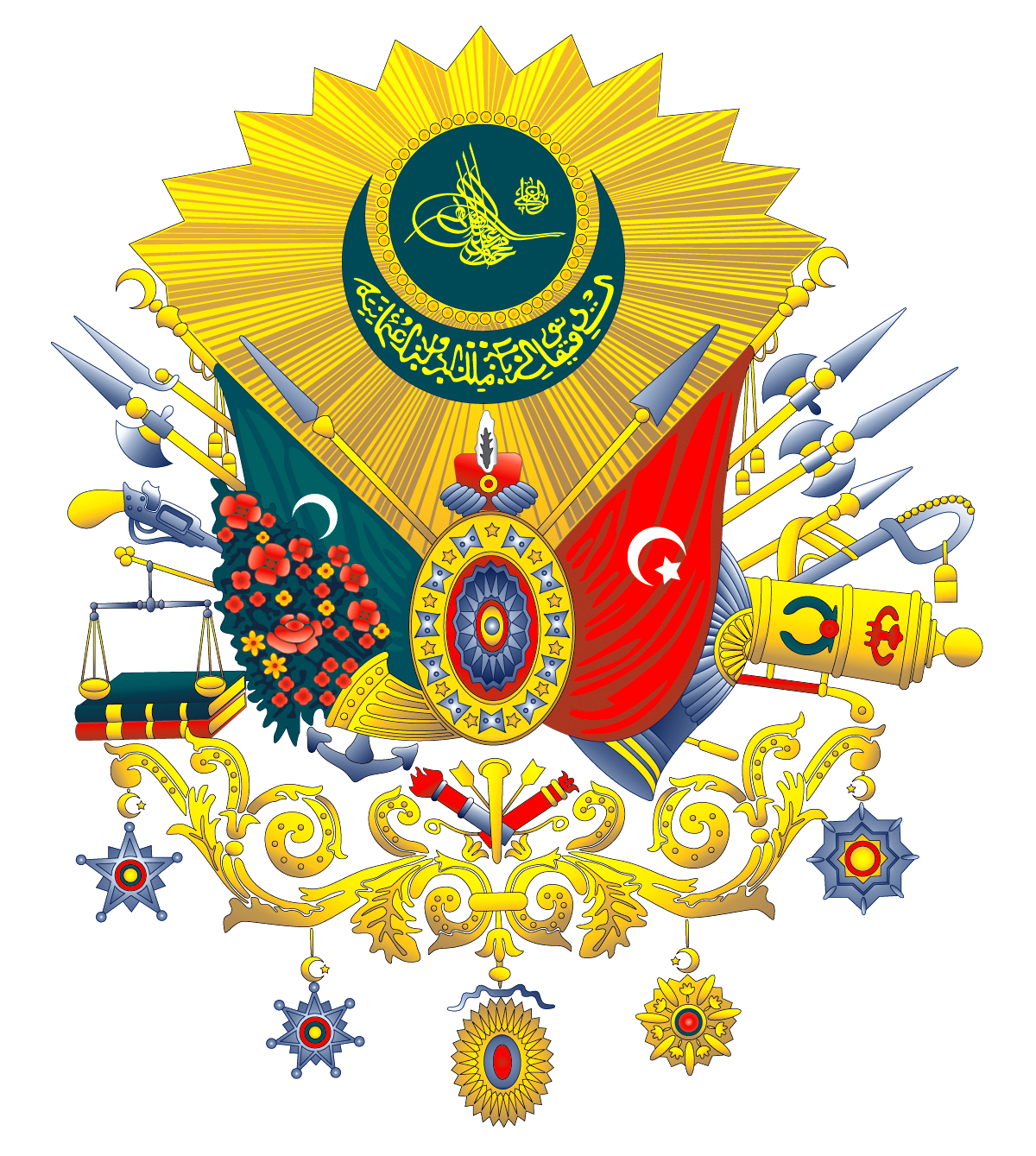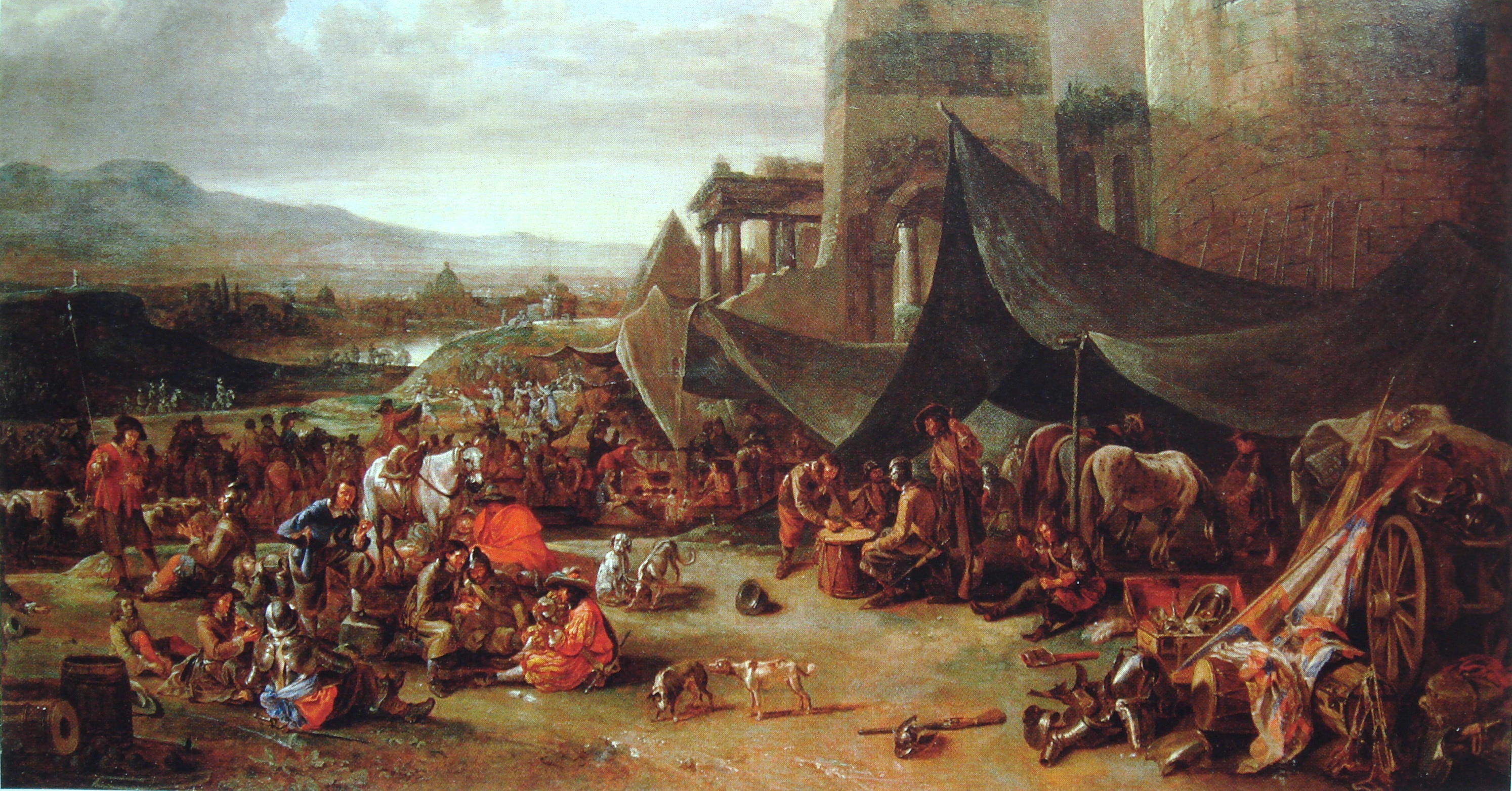|
June 22
Events Pre-1600 * 217 BC – Battle of Raphia: Ptolemy IV Philopator of Egypt defeats Antiochus III the Great of the Seleucid kingdom. * 168 BC – Battle of Pydna: Romans under Lucius Aemilius Paullus defeat Macedonian King Perseus who surrenders after the battle, ending the Third Macedonian War. * 813 – Battle of Versinikia: The Bulgars led by Krum defeat the Byzantine army near Edirne. Emperor Michael I is forced to abdicate in favor of Leo V the Armenian. * 910 – The Hungarians defeat the East Frankish army near the Rednitz River, killing its leader Gebhard, Duke of Lotharingia (Lorraine). * 1527 – Fatahillah expels Portuguese forces from Sunda Kelapa, now regarded as the foundation of Jakarta. *1593 – Battle of Sisak: Allied Christian troops defeat the Ottomans. 1601–1900 * 1633 – The Holy Office in Rome forces Galileo Galilei to recant his view that the Sun, not the Earth, is the center of the Universe in the form he presented ... [...More Info...] [...Related Items...] OR: [Wikipedia] [Google] [Baidu] |
217 BC
__NOTOC__ Year 217 BC was a year of the pre-Julian Roman calendar. At the time it was known as the Year of the Consulship of Geminus and Flaminius/Regulus (or, less frequently, year 537 ''Ab urbe condita''). The denomination 217 BC for this year has been used since the early medieval period, when the Anno Domini calendar era became the prevalent method in Europe for naming years. Events By place Roman Republic * Gaius Flaminius is re-elected consul with Gnaeus Servilius Geminus, in what is considered to be a rebuke of the Senate's prosecution of the war. Flaminius raises new legions and marches north to meet the Carthaginian general Hannibal. * Hannibal advances to the Arno River and then outmanoeuvres the army of Gaius Flaminius at Arretium and reaches Faesulae (modern Fiesole) and Perugia. * June 21 – On the northern shore of Lake Trasimene, in Umbria, Hannibal's troops all but annihilate Gaius Flaminius' army in the Battle of Lake Trasimene, killing thousands ( ... [...More Info...] [...Related Items...] OR: [Wikipedia] [Google] [Baidu] |
Michael I Rangabe
Michael I Rhangabe ( gr, Μιχαὴλ Ῥαγγαβέ; ''c''. 770 – 11 January 844) was Byzantine emperor from 811 to 813. Michael was the son of the patrician Theophylact Rhangabe, the admiral of the Aegean fleet. He married Prokopia, the daughter of the former Emperor Nikephoros I, and received the high court dignity of ''kouropalatēs'' after his father-in-law's accession in 802. Life Michael survived Nikephoros' disastrous campaign against Krum of Bulgaria, and was considered a more appropriate candidate for the throne than his severely injured brother-in-law Staurakios. When Michael's wife Prokopia failed to persuade her brother to name Michael as his successor, a group of senior officials (the ''magistros'' Theoktistos, the Domestic of the Schools Stephen, and Patriarch Nikephoros) forced Staurakios to abdicate in his favor on 2 October 811. Michael I attempted to carry out a policy of reconciliation, abandoning the exacting taxation instituted by Nikephoros I. W ... [...More Info...] [...Related Items...] OR: [Wikipedia] [Google] [Baidu] |
Battle Of Sisak
The Battle of Sisak was fought on 22 June 1593 between Ottoman Empire, Ottoman Bosnian forces and a combined Christian army from the Habsburg lands, mainly Kingdom of Croatia (Habsburg), Kingdom of Croatia and Inner Austria. The battle took place at Sisak, central Croatia, at the confluence of the Sava and Kupa River, Kupa rivers, on the borderland between Christian Europe and the Ottoman Empire. Between 1591 and 1593 the Ottoman military governor of Bosnia, Beylerbey, Beglerbeg Telli Hasan Pasha, attempted twice to capture the fortress of Sisak, one of the garrisoned castles that the Habsburgs maintained in Croatia as part of the Military Frontier. In 1592, after the key imperial fortress of Bihać fell to the Turks, only Sisak stood in the way before Croatia's main city Zagreb. Pope Clement VIII called for a Christian league against the Ottomans, and the Sabor recruited in anticipation a force of about 5,000 professional soldiers. On 15 June 1593, Sisak was once again besieged b ... [...More Info...] [...Related Items...] OR: [Wikipedia] [Google] [Baidu] |
1593
Events January–December * January – Siege of Pyongyang (1593): A Japanese invasion is defeated in Pyongyang by a combined force of Korean and Ming troops. * January 18 – Siamese King Naresuan, in combat on elephant back, kills Burmese Crown Prince Mingyi Swa on Monday, Moon 2 Waning day 2, Year of the Dragon, Chulasakarat 954, reckoned as corresponding to January 25, 1593, of the Gregorian calendar, and commemorated as Royal Thai Armed Forces Day. * January 27 – The Roman Inquisition opens the seven-year trial of scholar Giordano Bruno. * February 2 – Battle of Piątek: Polish forces led by Janusz Ostrogski are victorious. * February 12 – Battle of Haengju: Korea defeats Japan. * March 7 (February 25 Old Style) – The Uppsala Synod discontinues; the Liturgical Struggle between the Swedish Reformation and Counter-Reformation ends in Sweden. * March 14 – The Pi Day, giving the most digits of Pi when written in ''mm/dd/yyyy'' fo ... [...More Info...] [...Related Items...] OR: [Wikipedia] [Google] [Baidu] |
Jakarta
Jakarta (; , bew, Jakarte), officially the Special Capital Region of Jakarta ( id, Daerah Khusus Ibukota Jakarta) is the capital and largest city of Indonesia. Lying on the northwest coast of Java, the world's most populous island, Jakarta is the largest city in Southeast Asia and serves as the diplomatic capital of ASEAN. The city is the economic, cultural, and political centre of Indonesia. It possesses a province-level status and has a population of 10,609,681 as of mid 2021.Badan Pusat Statistik, Jakarta, 2022. Although Jakarta extends over only , and thus has the smallest area of any Indonesian province, its metropolitan area covers , which includes the satellite cities Bogor, Depok, Tangerang, South Tangerang, and Bekasi, and has an estimated population of 35 million , making it the largest urban area in Indonesia and the second-largest in the world (after Tokyo). Jakarta ranks first among the Indonesian provinces in human development index. Jakarta's busin ... [...More Info...] [...Related Items...] OR: [Wikipedia] [Google] [Baidu] |
Sunda Kelapa
Sunda Kelapa ( su, , Sunda Kalapa) is the old port of Jakarta located on the estuarine of Ciliwung River. "Sunda Kalapa" (Sundanese language, Sundanese: "Coconut of Sunda") is the original name, and it was the main port of the Sunda Kingdom. The port is situated in Penjaringan sub-district, of North Jakarta, Indonesia. Today the old port only accommodate pinisi, a traditional two masted wooden sailing ship serving inter-island freight service in the archipelago. Although it is now only a minor port, Jakarta has its origins in Sunda Kelapa and it played a significant role in the city's development. The port is currently operated by the state-owned Indonesia Port Corporations. History Hindu-Buddhist period The Chinese source, ''Zhu Fan Zhi'', written circa 1200, Chou Ju-kua identified the two most powerful and richest kingdoms in the Indonesian archipelago as Sriwijaya and Java (Kediri (historical kingdom), Kediri). According to this source, in the early 13th Century, Sriwijaya st ... [...More Info...] [...Related Items...] OR: [Wikipedia] [Google] [Baidu] |
Portuguese Empire
The Portuguese Empire ( pt, Império Português), also known as the Portuguese Overseas (''Ultramar Português'') or the Portuguese Colonial Empire (''Império Colonial Português''), was composed of the overseas colonies, factories, and the later overseas territories governed by Portugal. It was one of the longest-lived empires in European history, lasting almost six centuries from the conquest of Ceuta in North Africa, in 1415, to the transfer of sovereignty over Macau to China in 1999. The empire began in the 15th century, and from the early 16th century it stretched across the globe, with bases in North and South America, Africa, and various regions of Asia and Oceania. The Portuguese Empire originated at the beginning of the Age of Discovery, and the power and influence of the Kingdom of Portugal would eventually expand across the globe. In the wake of the Reconquista, Portuguese sailors began exploring the coast of Africa and the Atlantic archipelagos in 1418–1419, u ... [...More Info...] [...Related Items...] OR: [Wikipedia] [Google] [Baidu] |
Fatahillah
Fatahillah, Fadhillah Khan, or Falatehan (Portuguese writing) was a commander of the Sultanate of Demak who is known for leading the conquest of Sunda Kelapa in 1527 and changing it name to Jayakarta. The conquest of Sunda Kelapa was one of his missions to spread Islam to West Java. He is a national hero in Indonesia. Fatahillah Square in Jakarta and the Indonesian Navy ship KRI Fatahillah (361) were named after him. Family background There are several opinions about the origin of Fatahillah. According to H. J. de Graaf, Fatahillah came from the Samudera Pasai Sultanate in what is now North Aceh Regency, who then left it after the Portuguese capture of Malacca in 1511. Fatahillah went to Mecca, then to Java's Demak Sultanate, during the reign of Sultan Trenggana. There is another opinion that says Fatahillah was the son of the king of Mecca who married the royal princess of Pakuan Pajajaran, capital of the Sunda Kingdom. Another opinion says Fatahillah was born in 1448 to Su ... [...More Info...] [...Related Items...] OR: [Wikipedia] [Google] [Baidu] |
1527
Year 1527 (Roman numerals, MDXXVII) was a common year starting on Tuesday (link will display the full calendar) of the Julian calendar. Events January–June *January 1 – Croatian nobles elect Ferdinand I, Holy Roman Emperor, Ferdinand I of Austria as King of Croatia in the Parliament on Cetin Castle, Cetin. * January 5 – Felix Manz, co-founder of the Swiss Anabaptists, is drowned in the Limmat in Zürich by the Zürich Reformed state church. * March 17 – Battle of Khanwa: Babur defeats Rajput ruler Rana Sanga. This and two other major Moghul Empire, Moghul victories lead to their domination of northern India. Dhaulpur fort is taken by Babur. * March ** Paracelsus is appointed as city physician of Basel, Switzerland. ** The Shan States#Confederation of Shan States, Confederation of Shan States sack Inwa, Ava, the capital of the Kingdom of Ava, Ava Kingdom. * April 30 – The Treaty of Westminster (1527), an alliance during the War of the League o ... [...More Info...] [...Related Items...] OR: [Wikipedia] [Google] [Baidu] |
Lotharingia
Lotharingia ( la, regnum Lotharii regnum Lothariense Lotharingia; french: Lotharingie; german: Reich des Lothar Lotharingien Mittelreich; nl, Lotharingen) was a short-lived medieval successor kingdom of the Carolingian Empire. As a more durable later duchy of the Ottonian Empire, it comprised present-day Lorraine (France), Luxembourg, Saarland (Germany), Netherlands, and the eastern half of Belgium, along with parts of today's North Rhine-Westphalia (Germany), Rhineland-Palatinate (Germany) and Nord (France). It was named after King Lothair II, who received this territory after his father Lothair I's kingdom of Middle Francia was divided among his three sons in 855. Lotharingia resulted from the tripartite division in 855 of the kingdom of Middle Francia, which itself was formed after the threefold division of the Carolingian Empire by the Treaty of Verdun of 843. Conflict between East and West Francia over Lotharingia was based on the fact that these were the old Frankish hom ... [...More Info...] [...Related Items...] OR: [Wikipedia] [Google] [Baidu] |
Gebhard, Duke Of Lorraine
Gebhard of Lahngau ( 860/868 – 22 June 910), of the Conradine dynasty, son of Odo (died 879), count of Lahngau, and Judith, was himself count of Wetterau (909–910) and Rheingau (897–906) and then duke of Lotharingia (Lorraine). In 903, Louis the Child, king of Germany, gave him the government of Lotharingia with the title of duke (''Kebehart dux regni quod a multis Hlotharii dicitur''). Gebhard died in battle against the Magyars, somewhere by Augsburg. With his wife Ida, he had two children: *Herman (died 949), duke of Swabia *Odo (died 949), count of Wetterau (from 914), Lahngau (from 918), and Rheingau (from 917), married Cunigunda, daughter of Herbert I of Vermandois Herbert I (c. 848/850 – 907) or Heribertus I, Count of Vermandois, Count of Meaux, Count of Soissons, and lay abbot of Saint Quentin. He was a Carolingian aristocrat who played a significant role in Francia. Herbert was the son of Pepin of ... Ancestry References Sources * * * , - ... [...More Info...] [...Related Items...] OR: [Wikipedia] [Google] [Baidu] |
Rednitz
The Rednitz is a long river in Franconia, Germany, tributary of the Regnitz (more precisely: its southern, left headstream). The Rednitz is formed by the confluence of the rivers Franconian Rezat and Swabian Rezat, in Georgensgmünd ( district of Roth). The Rednitz flows north through Roth bei Nürnberg, Schwabach and the southwestern quarters of Nuremberg. The Rednitz joins the Pegnitz to form the Regnitz in Fürth. Sources Franz X. Bogner: ''Rednitz und Regnitz. Eine Luftbildreise von Weißenburg bis Bamberg''. Luftbildband. Verlag Fränkischer Tag, Bamberg 2007 See also *List of rivers of Bavaria A list of rivers of Bavaria, Germany: A * Aalbach *Abens * Ach * Afferbach * Affinger Bach * Ailsbach *Aisch * Aiterach *Alpbach *Alster * Altmühl *Alz * Amper * Anlauter * Arbach * Arbachgraben *Aschaff * Aschbach * Attel * Aubach, tributary of ... References Rivers of Bavaria Rivers of Germany {{Bavaria-river-stub ... [...More Info...] [...Related Items...] OR: [Wikipedia] [Google] [Baidu] |




